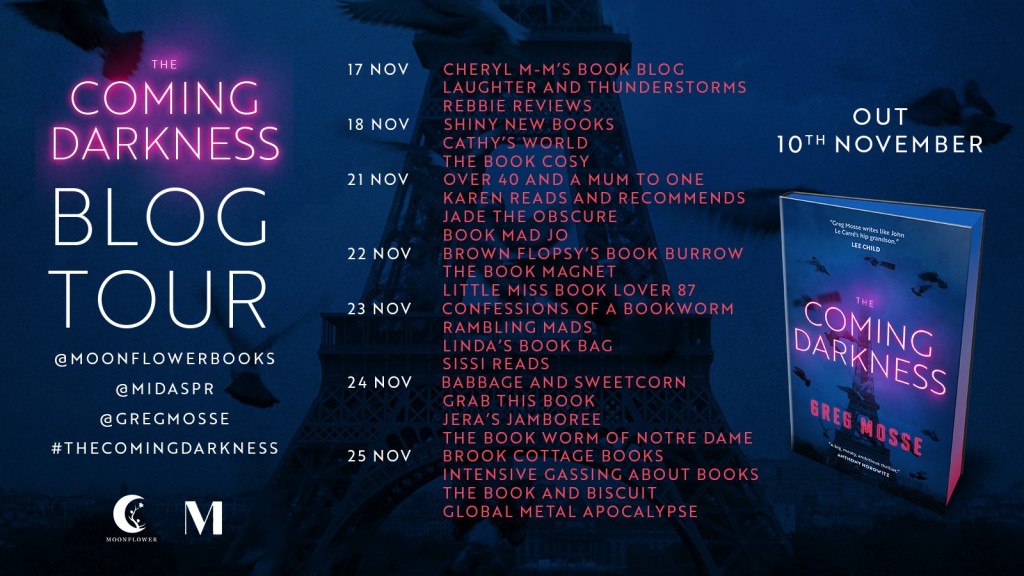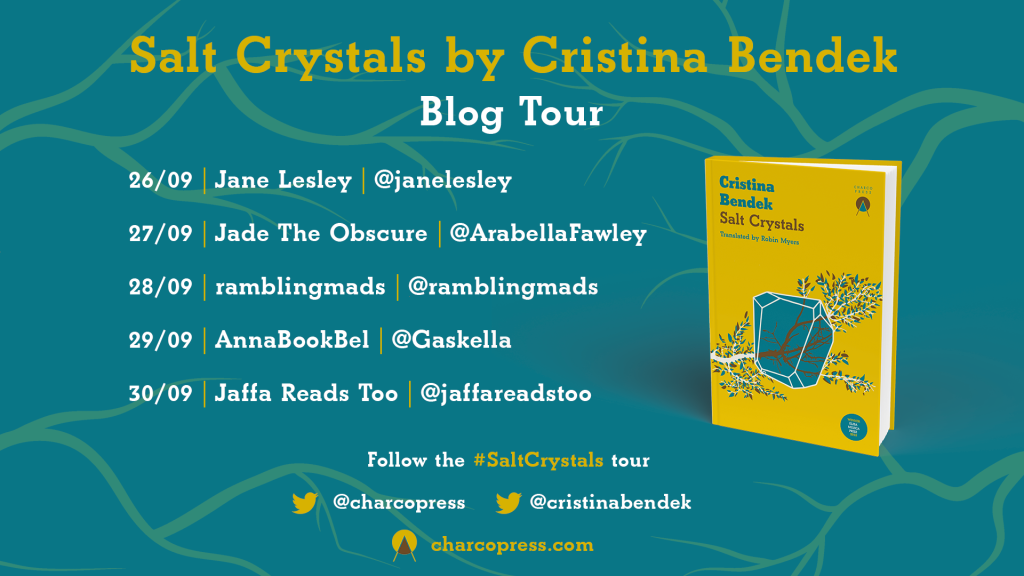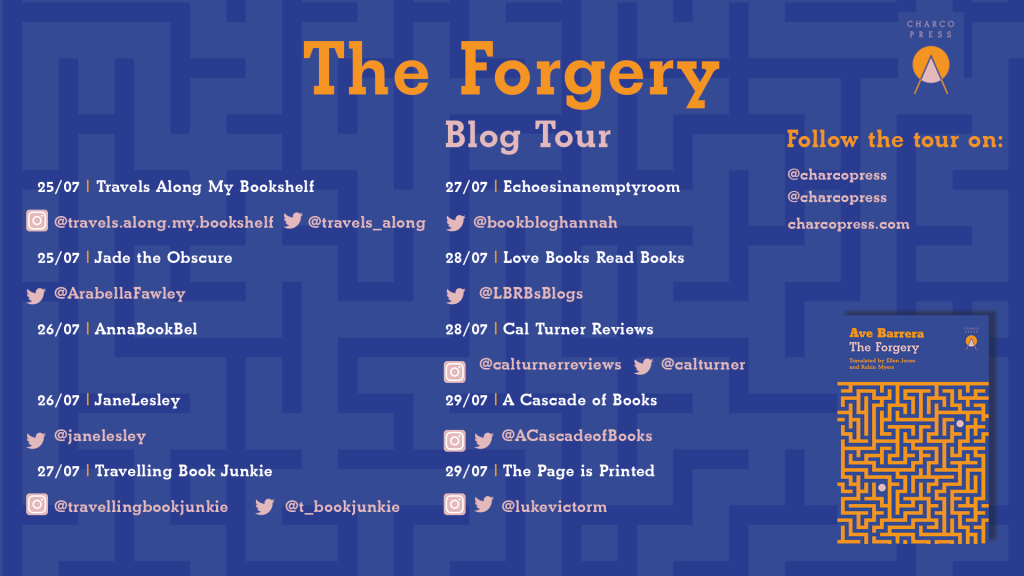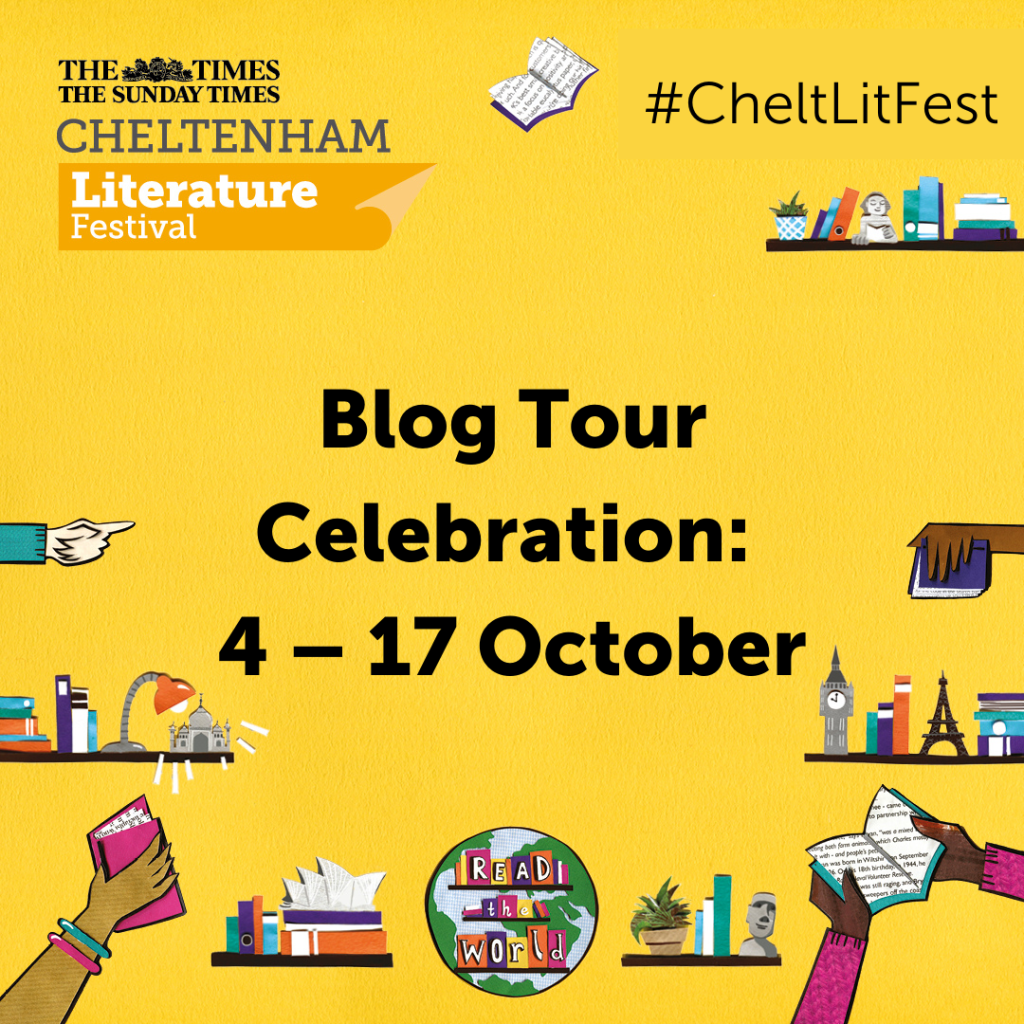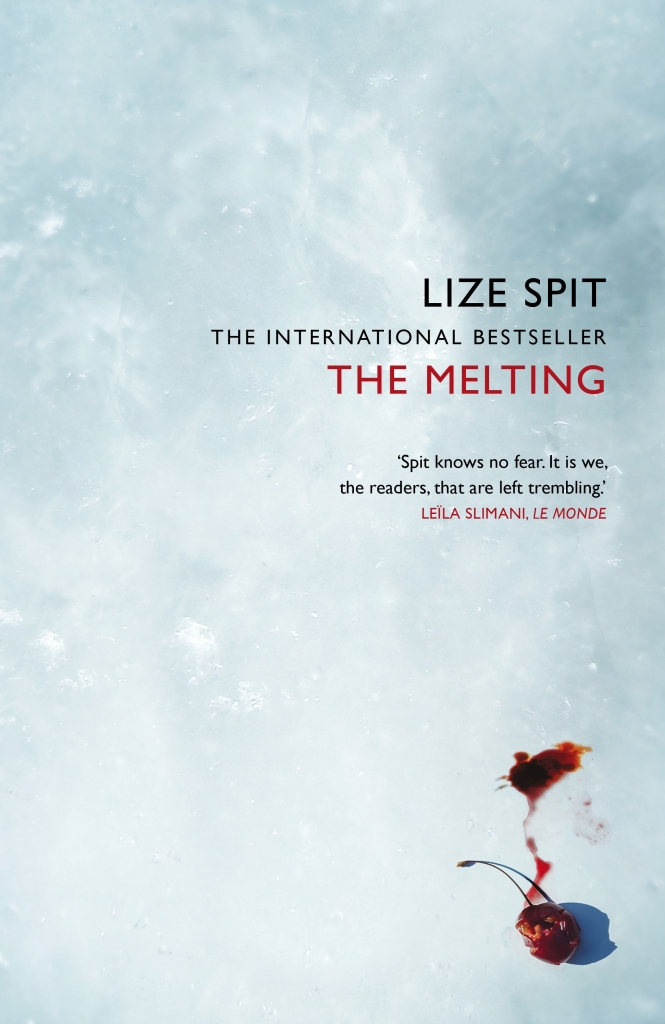I am delighted to be able to share with you my exclusive interview with Mark Wells, author of the new children’s series Hidden Tales.
The first book in this exciting new series, Riddle of the White Sphinx, was launched on Saturday 29th June in a themed event held at the Sedgwick Museum of Earth Sciences in Cambridge’s historic city centre.
I caught up with Mark ahead of of the launch to discuss the inspiration behind the book, how the project came together, and more.

Where did the idea for the Hidden Tales come from?
A couple of summers ago, Sorrel and I were sitting outside her mum’s house, chatting about our childhood. We both remembered reading books like Kit Williams’s Masquerade and going on adventures with our friends or exploring different places with our parents and grandparents. Sorrel was worried about the time children spend nowadays in front of a screen and wondered if it would be possible to do a treasure hunt book for children in today’s digital age. A few weeks later, Sorrel came around for a cup of tea to discuss the idea further. In the subsequent months, we kept meeting up in the evenings around the kitchen table to chat about the possibility of turning it into a series of illustrated children’s books. I suggested that it might be sensible to test the idea in one city, like Cambridge, and Sorrel asked if I could come up with a storyline. That was probably the moment when the Hidden Tales was born.
Was it a sudden ‘aha!’ moment, or a gradual coming together of ideas?
After agreeing to come up with an outline, one Sunday morning I left home with a notepad and pen and went walking around the city looking for inspiration. I wandered into a museum that I hadn’t visited since I was a child and decided to hire an audio-guide to look around the exhibits. As soon as I put the headphones on, something magical happened. The sounds of the other visitors became muffled, and a disembodied voice began speaking to me about the exhibits around me. And that’s when I thought – what if I was the only person the voice could talk to? And what if the voice was not coming from the headphones but from another entity entirely. A soul, trapped here, hiding from a sinister keeper. A Hidden.
An hour later, I was back at my desk typing away, and I didn’t stop until the early hours when I finally went to bed. The next morning, I read through what I had written, and the hairs rose on the back of my neck. I sent what has become Chapter 1 to Sorrel and asked her to tell me what she thought of it. Later that evening, Sorrel called me back to say she had read it to the girls and they loved it and could I write some more? Each weekend after that I went to another museum and wrote another chapter, sending it through to Sorrel for another reading, and before long we had our first book: Riddle of the White Sphinx.
In your bio, you speak very fondly about your time studying in Cambridge, and, in particular, about your curiosity about the secrets of the older buildings around the city – are there any buildings, in particular, that stand out in your mind as having offered the most intrigue?
There are so many! Everywhere you look in Cambridge there are iron-studded doors, archways or parapets concealing all manner of secrets, while from the rooftops, gargoyles and grotesques watch your every move. In my own college, St John’s, it’s hard to beat New Court with its Eagle Gate and cloister leading to the Bridge of Sighs as a setting for a gothic mystery like College of Shadows – particularly at night with the moon shining through its iron-barred arches. But the Fitzwilliam Museum can look equally mysterious, especially at night when its darkened windows peer out at passers-by like sunken eye sockets.
I understand that you have written several books before now, how has your experience as a writer so far influenced this latest work?
Before coming back to Cambridge, I used to work for Games Workshop, and I loved the dark gothic fantasy worlds of Warhammer. When I left, they published a couple of my short stories set in the Warhammer 40,000 universe before I decided to switch to urban fantasy and set my debut novel College of Shadows, here in Cambridge. Ever since reading The Lion, The Witch and The Wardrobe, I’ve always been fascinated by the idea of parallel worlds, and when the opportunity came to create one for the Hidden Tales, I took it. The World of Secrets, which is where the Hidden come from, is definitely dark, gothic and mysterious, and it has been great fun imagining a place where those lost souls are trapped.
What did you enjoy most about writing the Riddle of the White Sphinx? Are there any aspects that you didn’t enjoy?
Discovering museums that I didn’t know existed has been brilliant. There are 13 museums in Cambridge, and I visited all of them before focusing on 7 of my favourites for Riddle of the White Sphinx. But to be honest, the whole project has been a joy. Working with the museums, who have been incredibly supportive, local teachers, as well as the rest of the creative team has been wonderful, like seeing the first illustrations come through from Jennifer Bell, our illustrator. One of the most memorable moments was when we applied to the Arts Council to fund the first book, and we received the email telling us they given us the grant. That was special. It has been hard work at times but in a good way.
What would you like children to take away from the experience of reading this book and cracking the codes? Is there any particular message you are trying to convey?
A spirit of adventure. When you open a book or step out your front door, there are so many things to discover – but you have to open your mind to see them. What saddens me is how many people walk around this fantastic city, with their faces buried in a mobile phone, ignoring the buildings and people around them. The Hidden Tales is all about going outside and embarking on a real-life adventure, one where you physically visit places and work collaboratively with others to solve a mystery together. When designing the book, for example, we included a Passport page where you can get your book stamped at each museum. These stamps each contain a word that spell a sentence that will help you find the missing artefact hidden somewhere in the city. We did this to reward those readers who make the effort to go to all seven museums. The true heroes of the tale.
I see from the website that the book has a ‘producer’ as well as an author – how did your roles differ when creating the Riddle of the White Sphinx?
There are so many aspects to the Hidden Tales, it wouldn’t have been possible for one person to do it on their own. If self-publishing an illustrated hardback book wasn’t enough, we always wanted to make the Hidden Tales as immersive and accessible as possible for children and families. This meant taking it into schools, organising events for families throughout the holidays and creating a unique launch event at the Sedgwick Museum in the style and character of the Hidden Tales. Add to that the importance of liaising with the Cambridge museums to ensure the story, illustrations and outreach activities worked for each of the venues was a massive task. Without a producer of Sorrel’s experience and abilities, it would never have happened.
Were there any aspects of writing this book that you found particularly challenging?
A couple of the artefacts and characters from the original draft had to be changed after consulting with the museums. One exhibit, for example, was only on loan to the museum, and there was always the risk that the owner would want it back, which would have been a problem! Another aspect was ensuring the level of difficulty in the clues was sufficiently challenging without being impenetrable. The Hidden language for example, which was designed by Fiona Boyd of the Cardoza Kindersley Workshop, is introduced through a series of messages in the illustrations. It took me several weeks to work out how best to reveal the identity of the letters in each chapter. I even went to Bletchley Park to look at some of the techniques that they used to crack ENIGMA to get the approach right.
What stands out to you as the most memorable part of writing this book?
There have been so many, from getting the first illustration through from Jenny to seeing the colour proofs running off the press for the first time at the Lavenham Press. But for me, it was probably my first reading to an assembly hall of children and looking up at the end to see their wide-eyed faces, wholly immersed in the story. For a writer, that makes all the hard work worth it.
Where do you expect the next Hidden Tales adventure to take you?
That’s an excellent question! We haven’t decided yet, but we are open to suggestions. If it works well in Cambridge, we would love to do it in other cities. There may even be a sequel here. The Keeper of Secrets is not going away without a fight!
Is there anything else that you would like say?
One of the features of the Hidden Tales is that it is all produced locally. Other than Jennifer Bell who is based in Nottingham (though she is often in Newmarket teaching equine art workshops) all of those involved in the project live in and around East Anglia. From the Cardoza Kindersley Workshop, the Lavenham Press, book designer, editors, teachers and volunteers, we are all based here. Even the cakes for the launch event came from Fitzbillies!
Riddle of the White Sphinx is available to buy online or instore at Heffers bookstore in Cambridge. If you would like more information on the Hidden Tales including the quest, events, schools programme or AHA! Club (Association of Hidden Adventurers) just visit www.hiddentales.co.uk.
Many thanks to Mark for taking the time to sit and chat with me.

